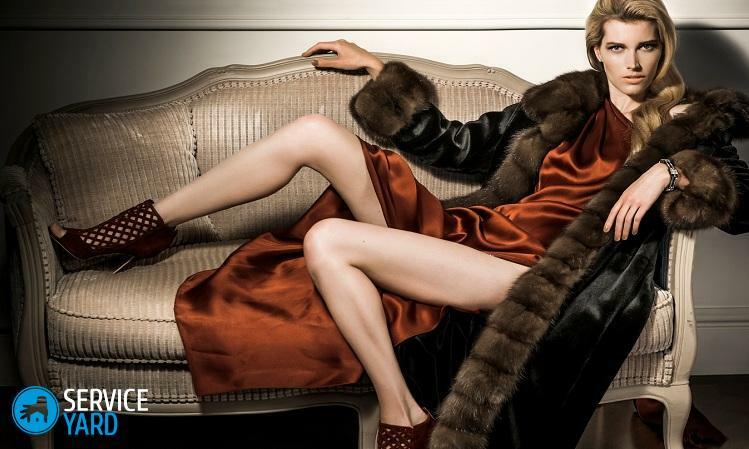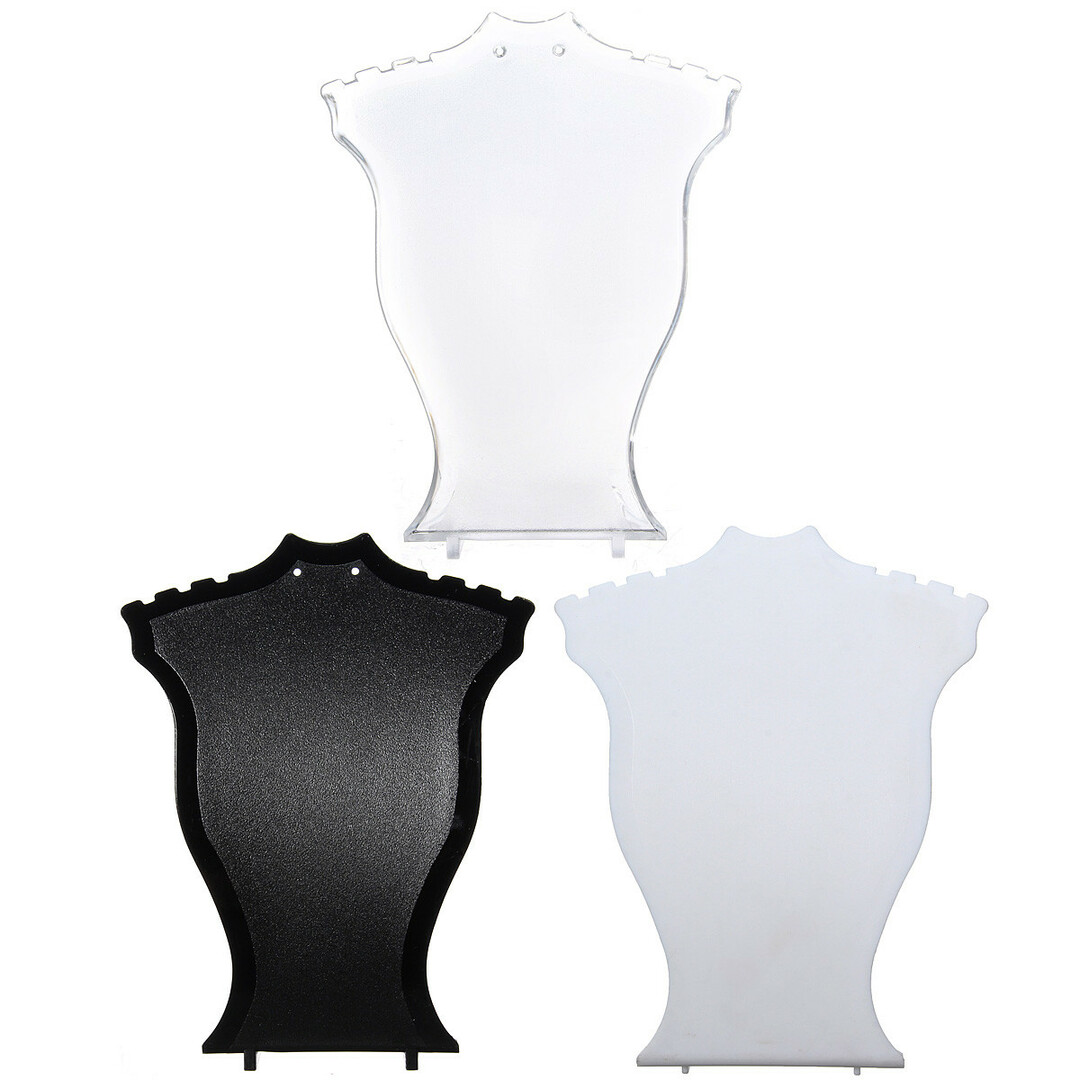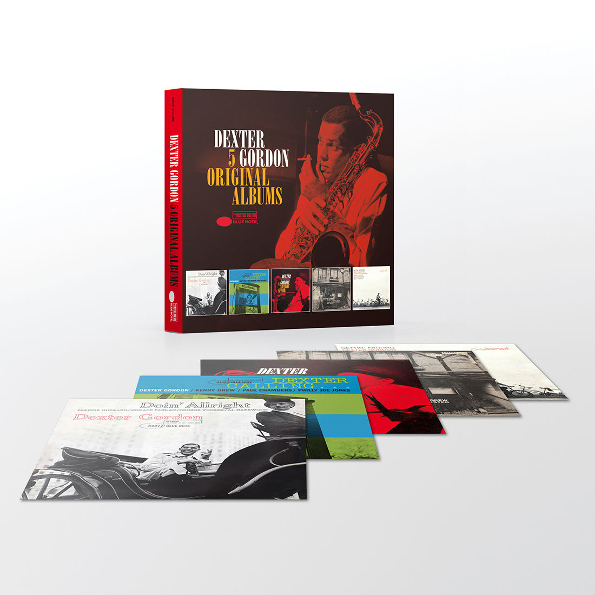
- Types of Furs
- What is necessary to obtain high quality furs?
- Technological processes for processing skins
- How is a mink coat made?
Almost every woman dreams of having a genuine fur garment in her wardrobe, be it a fur coat or a sheepskin coat - there is no difference. But few people think about how to make fur coats. The process of making a product from natural fur takes a huge amount of time and many lives of innocent animals. Now on the windows of fashion shops you can see models from the fur of various animals. The cost of each fur product is different, since they differ from each other in processing techniques, animal species and other details, which will be discussed further.
to the contents ↑Types of fur
Some women still at least once visited the questions: how to make natural fur coats and from whose fur? The following types of fur are distinguished.
Nutria
In the manufacture of natural fur products, American or European rodents are used. Their skin has a very beautiful, silky shine. Often, fur is slightly pinched, resulting in a soft podpushek, which is very similar to the beaver's fur.
Sheepskin
Persian karakul is very popular in the production of sheepskin coats. Despite the name of the breed, the animal comes from Kazakhstan. High-quality fur is obtained from newborn lambs of gray and black color.
Many people are interested in the process of producing mouton fur coats. They are made from sheepskin, processed with formalin. Such products are perfect for severe frosts. They differ in moisture resistance and retain heat for a long period of time.

Fox
Their fur is considered one of the most beautiful and long. Depending on the type of fox, there are different shades of skins. For example, in a polar fox, the wool is white or bluish. A typical steppe fox has a reddish coat with a golden brown tinge.
Sable
It is considered the most valuable and beautiful fur. These animals are quite difficult to breed, so their skins are so highly valued. Furs are very soft and shiny. It has many shades of brown.
Mink
One of the most practical and nocturnal types of furs. Male burrows are much larger in size. Their wool is longer, and the skin is thicker and coarser than in females, so they are often used for slaughter.
Important! The most popular and beautiful of the mink fur is the Scandinavian black mink.
Arctic Fox
The fox of this animal is very soft, dense and long. Often, his fur is used to make headdresses. Hunters most often hunt white foxes, and bluebirds are bred on fur farms.
Important! A hat made from the skin of this animal can last at least 12 seasons.
Each of the above types of fur is in great demand and is of high quality and reliability.
to the contents ↑What is necessary to obtain quality furs?
For employees of fur farms engaged in furs breeding, obtaining quality skins is a hellish labor. All processes are planned to a second, because animals need constant care and good conditions for development and reproduction. Consider several factors affecting the quality of furs:
- The temperature regime is one of the most important factors, as some animal species( mink, Arctic fox) may not tolerate extreme heat or cold. At fur farms, workers set a temperature acceptable for the good livelihoods of animals.
- Maintenance of cleanliness - at the expense of it the risk of diseases at small animals decreases.
- Nutrition is a very important detail in the development of each animal. For example, when mink is still very small, they are given fatty fish( blue whiting), and in "adolescence" they are fed trout, salmon and meat. And in the lactation period animals are added to the diet protein products - cottage cheese, egg. By the same principle, many other animals are fed.
Important! Vitamins and minerals contained in food have a huge impact on the quality of the wool.
- Vaccination is a necessary measure to prevent the development of diseases in animals. Usually it is carried out when the animals are still small.
These factors play a huge role in the development of the "fur business."That is why luxurious fur coats from natural furs cost so much money.
to content ↑skins processing processes In order to obtain a beautiful fur coat for killing an innocent animal, it will not be enough. This raises the question of how do fur coats from animals? After the necessary number of animals were allowed to slaughter, the processing of their skins begins. Let's consider them in more detail:
- Smoothing. The procedure has received such a name from the word "mezdra" - subcutaneous fat. This process involves removing the subcutaneous fat layer. As a result, the skin becomes thinner. Remove fat with the help of special substances and devices. First, the skin is soaked and the fat layers are removed, and then treated with tannins. After that, again, cleaned and processed.
- Depilation - removes excess hair. As a result, the skin becomes more elastic. Skins of long-haired animals( fox, raccoon) are sheared.
- Toning and discoloration - the procedure is necessary to remove defects in the color of the wool. It is either discolored to paint in a different color, or tinted in the right places.
Without the implementation of these processes, it will not be possible in the end to obtain an elegant natural product.
to the contents ↑How is the mink coat made?
Mink are considered very malleable, but very whimsical animals, despite the fact that they are easy to breed. Products from their furs look luxurious and rich. In addition, at a cost they are much cheaper than other copies of natural skins.
Let's consider the process of production of mink products in brief:
- Mink hides are selected according to the color and length of the wool. Cut out straight strips of skins and numbered in the order in which they will be sewn.
- After stitching the skins make a sketch of the patterns and begin to cut along the contour using an air gun. All visible stitches are painted in the tone of the wool and dried skins. After drying for the future, the product is transferred to a template.
- In accordance with the template, cut pieces from which the product will be sewn.
- After preparing all the elements, proceed to assemble the future fur coat. With the help of a special sewing machine, all the elements are sewn together. And then subject the product to chemical treatment.
- With the help of a steam generator the product is laid and grooved. After that, the lining and other small parts are sewn( buttons, loops, hooks).
From all the above it can be concluded that the process of producing a natural fur product is not an easy one. However, as a result of the work done, it turns out a chic, high-quality coat. And whether the life of the animals is worth it if you are flaunting in their skins or not, this is up to you.


